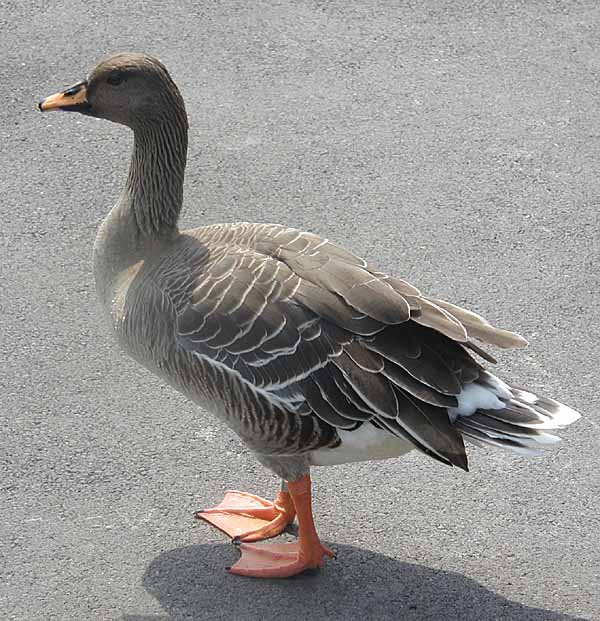Facts About Taiga bean goose
The taiga bean goose is a fascinating species that inhabits the northern regions of Europe and Asia. As the seasons shift, these geese migrate to warmer areas further south in Europe and Asia to spend the winter months.
Interestingly, there's a bit of a debate among ornithologists about whether the taiga bean goose and the tundra bean goose are distinct species or just variations of the same species. They diverged from a common ancestor around 2.5 million years ago, but approximately 60,000 years ago, they began interbreeding again, resulting in gene exchange.
In terms of appearance, taiga bean geese are fairly large birds. They range from 68 to 90 cm in length, boasting a wingspan that stretches from 140 to 174 cm. Their weight varies between 1.7 to 4 kg. One of their most distinctive features is their bill, which is black at both the base and tip, with an orange band across the middle. Their upper wings are dark brown, highlighted with narrow white edges on the feathers. If you hear a loud, honking call, it might just be one of these geese, notably as the smaller subspecies have a higher-pitched call.
The name "bean goose" originates from their habit of foraging in fields where beans are cultivated, particularly during winter. There are three subspecies of the taiga bean goose, each with unique size and bill patterns. Generally, these geese increase in size as you move from north to south and west to east.
In terms of their distribution, taiga bean geese are infrequent winter visitors to Britain. Some regular flocks can be found in the Yare Valley in Norfolk and the Avon Valley in Scotland. Those that winter in Europe typically migrate along three main routes: the Western, Central, and Eastern flyways.

 Belgium
Belgium